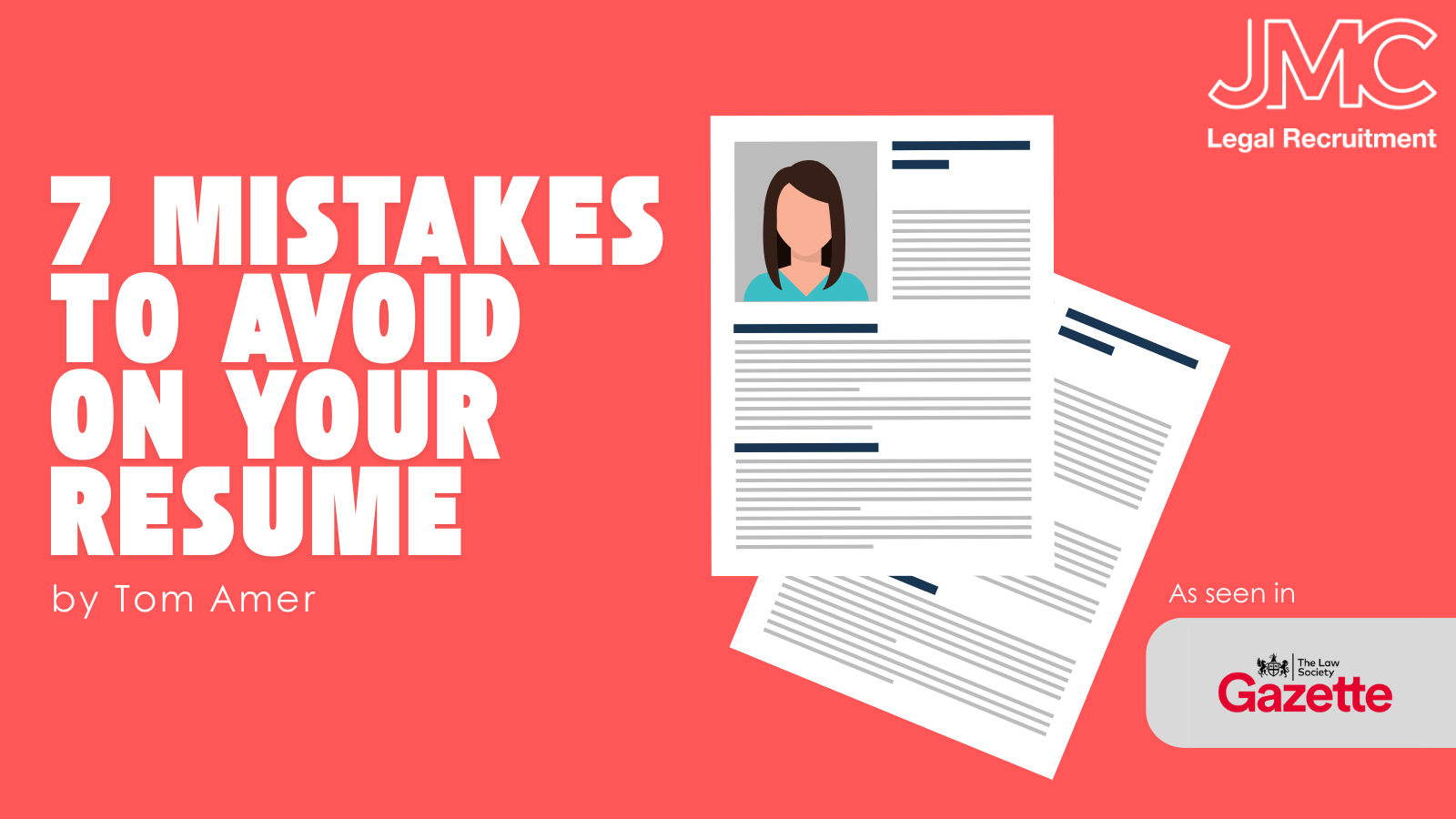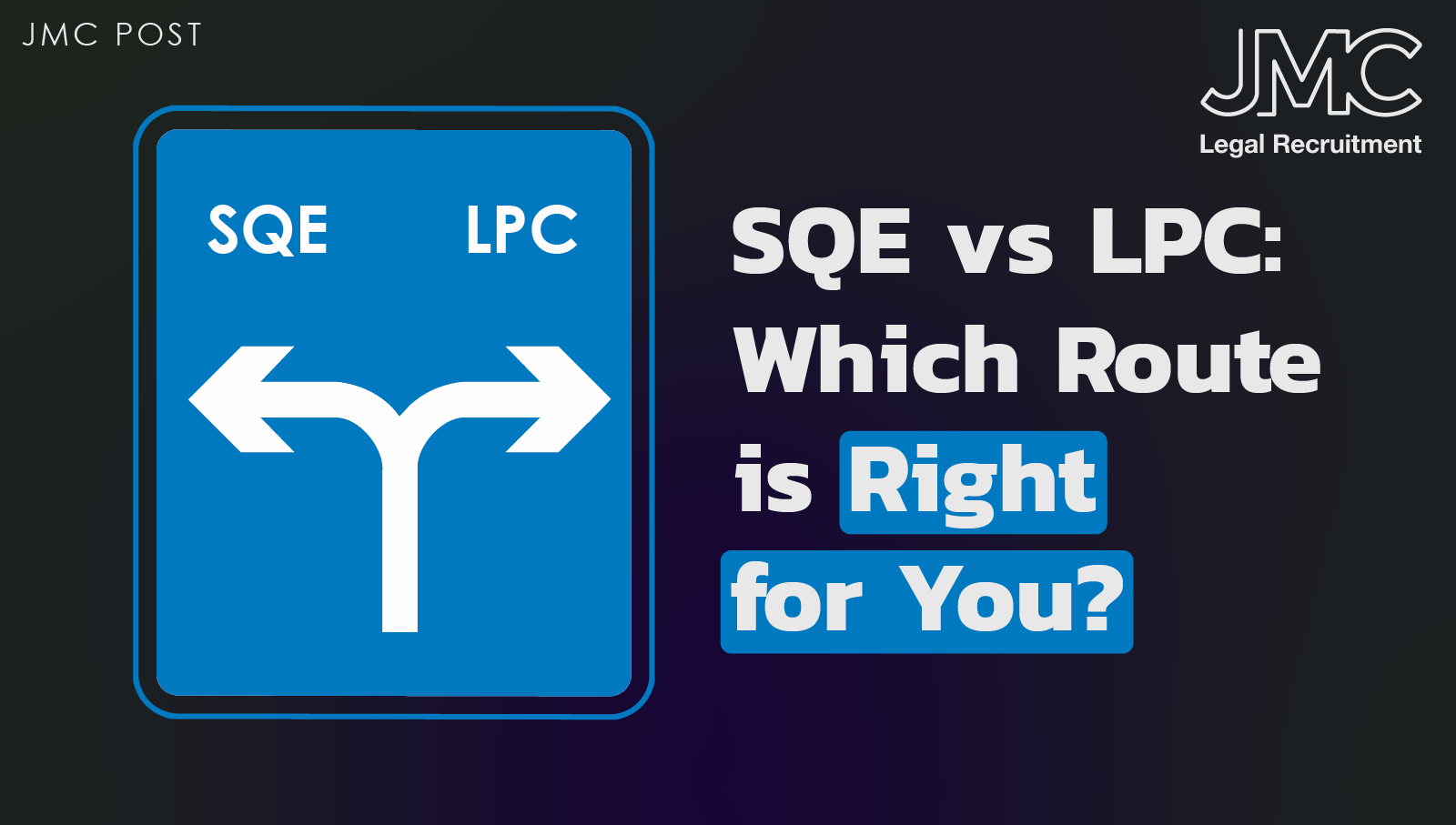
7 Mistakes to Avoid on Your Resume
17 Feb, 20255 minutes
7 Mistakes to Avoid on Your Resume
How to Make Sure Your Legal C.V Packs a Punch for Legal Employers
As a legal recruiter with years of experience in the industry, I have found that one of the most vital steps in my recruitment process is providing comprehensive CV feedback to candidates. The legal sector is highly competitive, and even the smallest details can make a significant difference in how a candidate is perceived by potential employers. In my work, I frequently find that the majority of candidates I assist can benefit from just one or two strategic adjustments to their CVs; changes that, while seemingly minor, can have a profound impact on the overall presentation and effectiveness of their application.
Given the importance of a polished, well-crafted CV in today’s legal job market, I thought it would be valuable to share some of the key mistakes I commonly encounter when reviewing CVs in this field. Whether you are an experienced practitioner or a new graduate entering the legal workforce, this article is designed to provide practical insights into common pitfalls to avoid and best practices to adopt.
1. Don’t Overlook Your Training Contract and Paralegal Experience
A common mistake many junior solicitors make when writing their CVs is downplaying or omitting details about their training contract, particularly the work done during each seat.
Your training contract is often the most relevant experience you have, so it should be a central feature on your CV. Firms value the depth of exposure you’ve had during your training, and listing each seat with a brief description of the tasks and skills you gained is essential.
Additionally, if you have any paralegal experience, make sure that is included too. The legal industry places high value on pre-qualification experience, as it often gives you a practical understanding of the law that academic qualifications alone cannot provide. Whether you’ve handled client correspondence, researched case law, or assisted with document review, these tasks highlight your readiness for a full solicitor role.
Some junior solicitors worry that their CV will look too long, especially if they’re concerned it’ll exceed one page. However, this is an outdated view and isn’t aligned with the current expectations of firms in the legal sector.
A concise yet comprehensive CV can be as long as 6/7 pages and is much more effective than a bare-bones one that fails to reflect the breadth of experience you bring to the table.
Firms want to see what you can do. The experiences you’ve gained, whether in a training contract or as a paralegal, set you apart from other candidates and show employers that you are a proactive, experienced professional. Don’t be afraid to let that experience shine.
2. Not Including the Figures!
Solicitors often make the mistake of not including specific examples of their work, including client types, sectors, and the outcomes they’ve achieved.
This omission limits the opportunity to demonstrate their value to law firms, which are ultimately focused on making money. By detailing successful outcomes, such as the value of a deal or settlement, solicitors can show their ability to deliver results.
While some fear that sharing such details may seem arrogant, it actually serves to highlight their competence. For instance, a solicitor might share their role in negotiating a £10 million commercial lease or contributing to a £50 million merger, giving insight into their ability to handle high-value work. These concrete examples help law firms understand what the solicitor can bring to the table.
Including billing figures alongside specific examples also strengthens a solicitor’s profile. Law firms seek professionals who can generate revenue, and showing past billing success ties directly to a solicitor’s ability to contribute to the firm’s financial goals. By combining these details, solicitors provide a well-rounded picture of their experience and potential, aligning themselves with the firm’s needs.
In summary, omitting examples of work and billing data is a missed opportunity. Law firms want to know how a solicitor’s past achievements can contribute to their success, and sharing these metrics highlights the solicitor’s potential to generate results and meet financial targets.
3. Don’t Make an Enemy of the Portals and ATS’s
Applicant tracking systems (ATS) and online recruitment portals are now a standard part of the hiring process.
While it’s tempting to create a visually appealing CV with text boxes, borders, or elaborate layouts, these elements can confuse ATS and result in your CV being misread or rejected.
To ensure your CV is ATS-friendly, keep it simple and clear, ideally in Microsoft Word. Use basic formatting tools like the Enter key, Tab key, boldfacing, and bullet points. These tools allow for easy organization of information and ensure that the ATS can properly parse your CV. Avoid complex designs, unusual fonts, or tables, which might cause formatting errors or lead to important details being overlooked.
As ATS and online portals continue to play a larger role in legal recruitment. These processes used to only be seen in larger firms, however regional and even high street firms are implementing these to streamline their process. It's more important than ever to make sure your CV is structured in a way that both the system and hiring managers can easily read and understand.
4. Not Including Public Profiles
Including online profiles, such as LinkedIn, Firm Website profiles, and SRA (Solicitors Regulation Authority) profiles, on your CV has become a vital component of the legal recruitment process.
As someone who submits candidates to firms regularly, I always ensure that each submission includes links to these profiles. This is because these digital profiles offer a more dynamic and comprehensive view of a candidate’s experience, qualifications, and professional engagement. For example, a LinkedIn profile not only provides insight into a candidate’s career history but also highlights their professional network, endorsements, and recommendations, demonstrating that they are an active part of the legal community. Similarly, having a Firm Website profile or an SRA record accessible allows employers to quickly verify the candidate’s professional standing and adherence to industry regulations.
Including these profiles on your CV is not just about presenting your qualifications, but about offering transparency and trust. When recruiters and firms can easily access these profiles, it gives them a fuller picture of your professional journey. It shows that you are engaged and up to date in the legal field, which is key in today’s competitive market. In my own submissions, these profiles serve as an essential bridge to demonstrate that candidates are not just qualified on paper but are also reputable, well-connected professionals. In a digital-first world, ensuring that your online profiles are current and included on your CV is a critical step toward enhancing your candidacy and standing out in the recruitment process.
5. Don’t Overlook Career Progression Within the Same Firm
It’s not uncommon for solicitors to remain at the same firm throughout their entire career.
While loyalty and commitment to one firm are commendable, it’s crucial to reflect the full extent of your professional development within that firm on your CV. Many solicitors who have stayed with the same firm for years make the mistake of listing their position and years of service, but fail to break down the various responsibilities they’ve undertaken and how their role has evolved over time.
For example, a solicitor who has worked their way from junior associate to senior associate or even partner should not simply state “Senior Associate at XYZ Law Firm.” Instead, they should outline the scope of their duties at each stage of their career. Were they involved in managing junior lawyers or paralegals? Have they taken on more complex or higher-value cases? Have they expanded their client base or contributed to business development initiatives? All of these are critical points to include, as they demonstrate growth, increased expertise, and leadership abilities.
One of the major benefits of keeping your CV up to date, particularly for those who’ve been in the same role or firm for a while, is that it allows you to track and highlight your career progress. By revisiting your CV regularly, you can ensure that each advancement, responsibility shift, or skill developed is properly reflected, helping you present a complete picture of your career to potential employers.
Not keeping your CV updated can result in missed opportunities. Even if you’re not actively job hunting, maintaining an up-to-date CV helps you stay aware of your own professional journey and positions you well for future advancement. This is especially important when you consider that firms now value career progression and adaptability, even within the same organisation
6. Not ordering experience in order of importance:
In the legal field, a well-structured CV is crucial to capturing the attention of hiring managers.
Start with a summary (no longer than a paragraph) that highlights your key strengths, areas of expertise, and what you bring to the role. Keep it concise and tailored to the position.
Next, list your legal experience in reverse chronological order, with your most recent role first. This section should outline your responsibilities and achievements, focusing on the legal areas you've worked in and any significant contributions you've made, such as successful case outcomes or leadership roles.
Follow with your academic qualifications, listing your law degree(s) and any additional certifications or qualifications, prioritizing the most recent. Include any honours or awards earned during your academic career.
Finally, include additional experience outside the legal field and other notable achievements. While secondary, this section can highlight transferable skills such as leadership, communication, or problem-solving.
This clear, organized structure will ensure your CV stands out to hiring managers in the legal profession.
7. Including a Photo on the CV
It may seem like a small thing, but including a photo on your CV is always a mistake.
While it might feel like a way to personalise your application, it just looks unprofessional. As a recruiter, I won’t send CVs with photos—it's one of those things that can be easily avoided but is still surprisingly common. It distracts from the important details of your experience and qualifications and, frankly, it’s just looks naff.
Removing the photo is an easy fix that immediately makes your CV look cleaner and more focused on what truly matters. It's a simple tip and certainly the most basic in this article, but an important one to keep in mind.
While a CV is a highly personal document and there is no one-size-fits-all solution, the mistakes highlighted above are some of the most common issues I regularly encounter in the legal sector. If you are a legal professional considering a new role in 2025 or planning to update your CV soon, I encourage you to take a moment to review these points. By avoiding these common pitfalls, you can ensure your CV is as impactful and professional as possible.
Find the article on the law gazette here: https://jobs.lawgazette.co.uk/article/7-mistakes-to-avoid-on-your-resume




